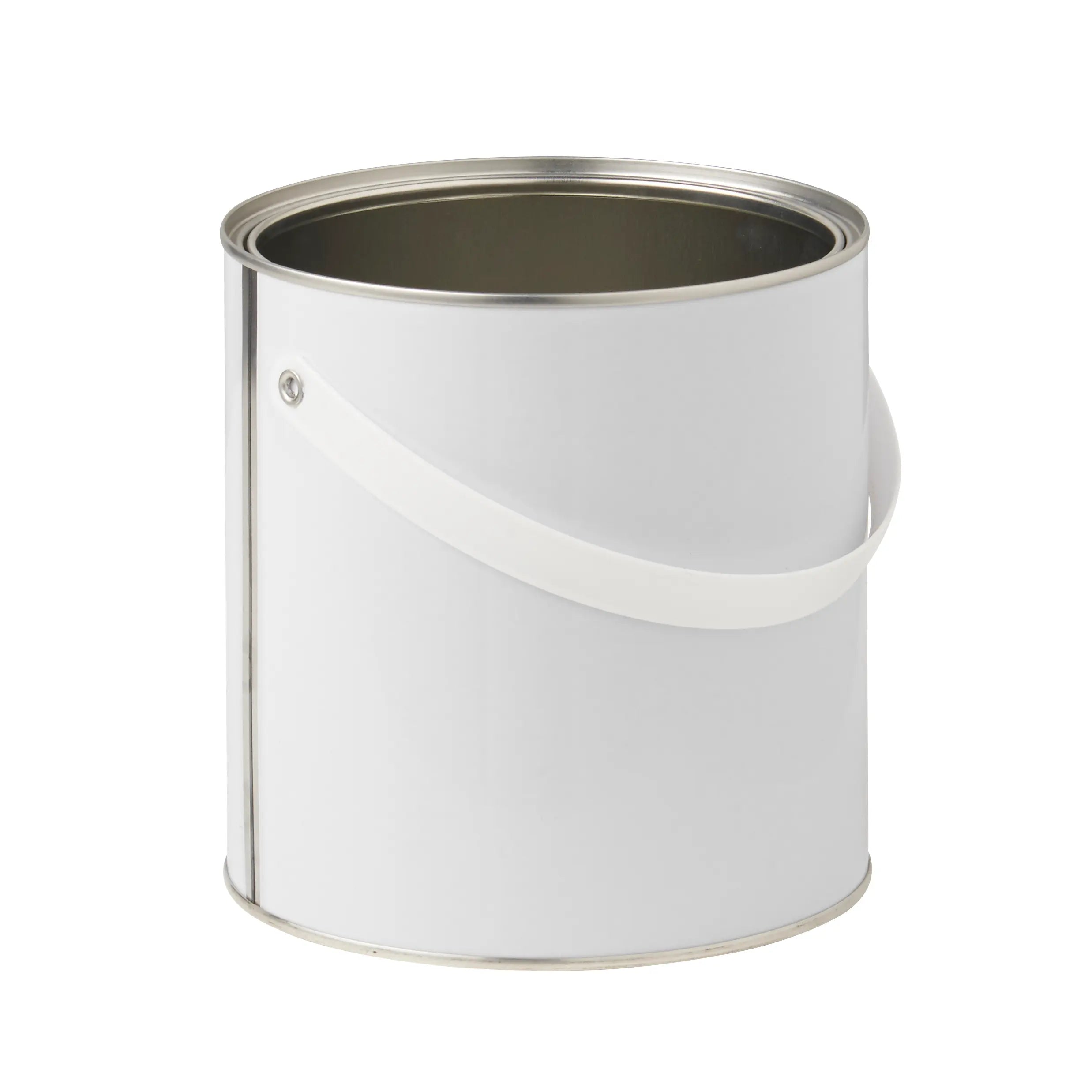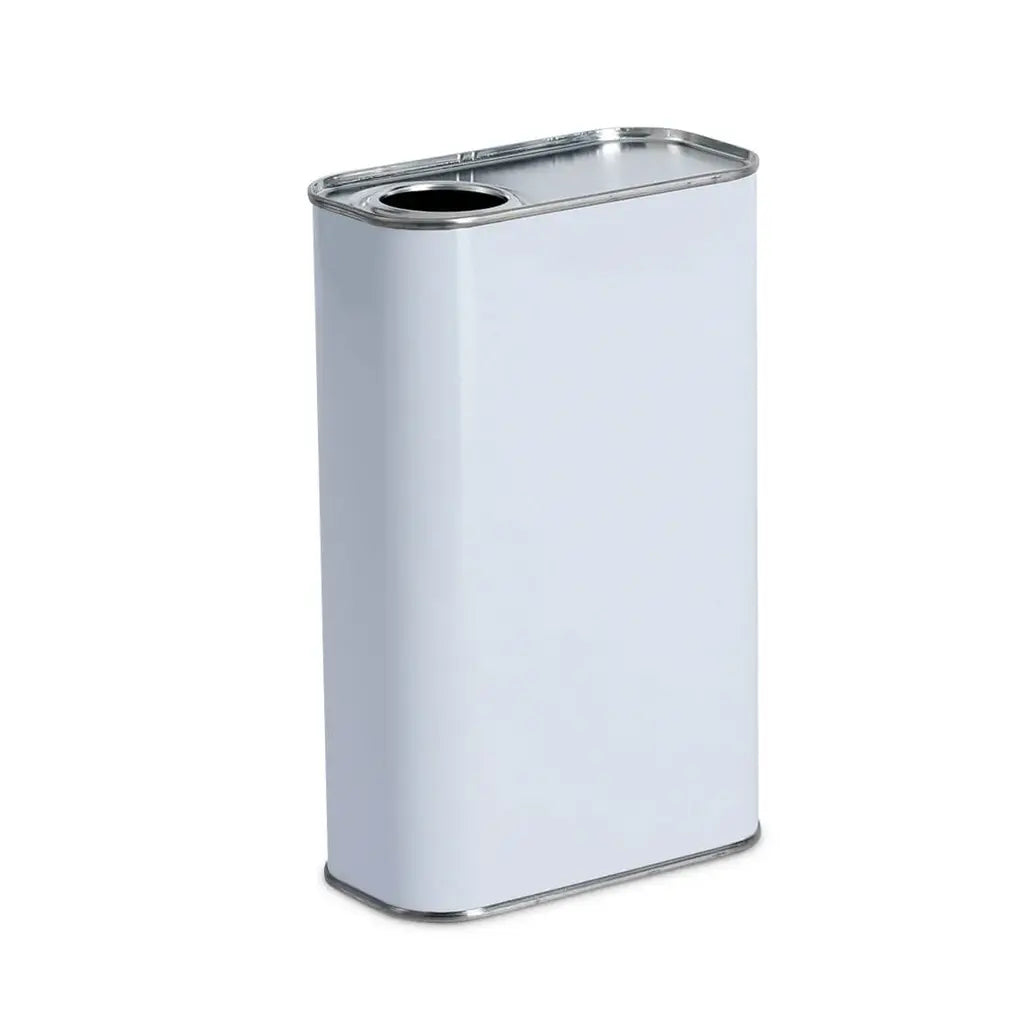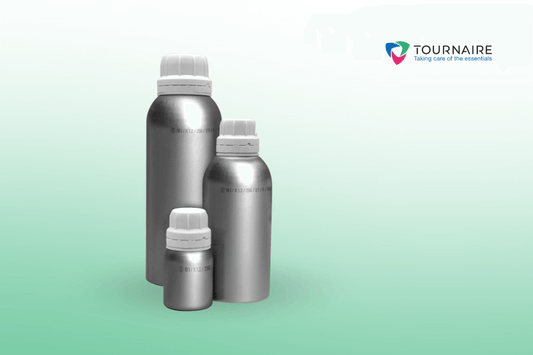EPR Tax Update Summer 2025
The UK Government issued new EPR tax guidance on 19th May 2025. It requires industrial packaging producers to fund the full cost of managing packaging waste via extended producer responsibility fees. EPR liability is decided according to annual turnover and tonnage of packaging used. Small and large producers are liable for reporting and paying EPR tax. Businesses with a turnover of less than £1 million and those that use less than 25 tonnes of packaging annually have no EPR obligations.

EPR Liability - Source: www.gov.uk
Illustrative EPR Base Fees for 2025 to 2026
The update has also included a third release of illustrative base extended producer responsibility fees for 2025 to 2026.
Illustrative EPR Fees - Source: www.gov.uk
As expected, the highest extended producer responsibility fees will be levied on plastic waste, but interestingly, fibre-based composite packaging, such as milk cartons, is also being penalised because laminated packaging is so difficult to recycle.
Laminated milk cartons made from multiple materials are harder to recycle so they will incur a higher extended producer responsibility fee
These extended producer responsibility fees are purely illustrative at this stage, and they may be revised; however, they do show the government's intent and where the heaviest EPR tax charges are likely to fall.
Modulated Fees to be Introduced from 2026
From next year, the government plans to charge higher fees for less recyclable packaging, based on PackUK's Recyclability Assessment Methodology (RAM). RAM is a traffic-light system, with packaging categorised as green, amber or red according to how easy it is to recycle and whether there is a market for the recycled material. The objective of RAM is to support a circular economy.

Illustrative RAM classification - Source: www.gov.uk
Simple packaging made from a single material is likely to be classified as green because it is the most straightforward to recycle. Find out more about the benefits of simple packaging in this article.
What is the EPR Tax Scheme?
The new Extended Producer Responsibility Scheme (EPR) places the responsibility for the end-of-life management of packaging on the producers instead of local governments or consumers. The idea is that several measures, including charging producers fees, will incentivise them to minimise packaging waste and make packaging that's easier to recycle.
The data that needs to be collected and the actual charges will depend on the size and type of business as well as how the packaging is used. Read on to find out how EPR taxes may impact the packaging industry and how your business might be affected.
The new Extended Producer Responsibility (EPR) legislation shifts the cost of dealing with packaging waste away from end-users and back to the packaging producer. The regulations will apply to all UK organisations that import or supply packaging if they fulfil certain criteria. You need to collect and report packaging data only if ALL of the following apply;
- You’re an individual business, subsidiary or group (but not a charity).
- You have an annual turnover of £1million or more (based on most recent annual accounts).
- You were responsible for more than 25 tonnes of packaging in 2022.
- You carry out packaging activities (as defined by gov.uk - please see below).
Large producers can enrol on the government's new registration portal for EPR, Report Packaging Data (RPD). Setting up an account allows businesses to report packaging data, as well as upload details of the business as required by the legislation.
What Are EPR Fees?
EPR fees are charges that producers must pay to cover the cost of managing packaging waste. The amount is calculated based on the type of packaging used, its weight, and the volume a business places on the UK market. Fees are reported and paid annually, and they vary depending on how easy the packaging is to recycle.
What are Packaging Activities as Defined by the EPR Tax Scheme?
EPR tax applies to any business that involves packaging. The government has laid out a specific set of, “packaging activities”, here’s the full list;
- Supply packaged goods to the UK market under your own brand (e.g. any goods with a name, a trademark, or any distinguishing mark).
- Place goods into packaging that’s unbranded when it’s supplied.
- Import products in packaging.
- Own an online marketplace.
- Hire or loan out reusable packaging.
- Supply empty packaging.
It's clear from this that the government intends to target as wide a range of businesses as possible so that EPR taxes can act as a driver for change in the packaging industry, particularly in terms of minimising the environmental impact of waste.

A wide range of activities, including packaging imports, will be affected by EPR
How Do Extended Producer Responsibility (EPR) Schemes Work?
EPR tax schemes aim to reduce waste generation and promote reuse and recycling. The concept was first introduced back in the 1990s in Sweden. Thomas Lindhqvist wrote a report to the Swedish Ministry of the Environment in 1990, where EPR was defined as, "an environmental protection strategy to reach an environmental objective of a decreased total environmental impact of a product, by making the manufacturer of the product responsible for the entire life-cycle of the product and especially for the take-back, recycling and final disposal."
Since then, EPR tax schemes have been rolled out in the EU and many other countries, including India, Australia, Japan, Canada and the United States. The legislation varies from country to country, with tariff structures, payment thresholds and reporting requirements being unique to each area.
The Environment Act 2021 contained the UK’s framework for a new and enhanced extended producer responsibility (EPR) programme; however, the specifics of EPR taxes in the UK have yet to be fully finalised. The fee structure (what will be charged for each type of packaging) has not yet been given and is currently scheduled to be decided in Autumn 2024.
Producer responsibility schemes for batteries and waste electronics and electrical equipment (WEEE) have been in use in the UK since 1997, one of the consequences of this was the roll-out of battery bins in supermarkets. Supermarkets are again taking the lead with packaging EPR with the introduction of soft-plastic recycling facilities and refill/reuse schemes for other household goods. There will likely be an increase in take-back schemes, as well as new packaging solutions, as large-scale producers seek to minimise the cost impact of extended producer responsibility.

Recycled packaging that is also easy to recycle after use will incur lower EPR rates
EPR Tax and Its Implications on Packaging
EPR is likely to have significant implications for the packaging industry. A combination of regulatory pressures and the growing consumer demand for more environmentally friendly options means there is likely to be a substantial shift towards more sustainable packaging solutions.
One of the most interesting shifts is that manufacturers will need to Design for Environment (DfE) as well as the customer. This means that producers will need to design packaging with the end of life in mind. This means creating packaging that is easily recyclable, reusable, or made from materials that have minimal environmental impact. Producers may invest in research and development to create more sustainable packaging solutions.
Extended producer responsibility will also drive Innovation in Materials. Producers might explore alternative materials that are more easily recyclable, biodegradable, or compostable, such as bioplastics made from seaweed or cornstarch, thereby reducing the environmental impact of packaging.
Financial Incentives: Producers are financially responsible for the proper disposal or recycling of their products, which can serve as a strong incentive to reduce packaging waste. This can lead to cost savings for producers who invest in eco-friendly packaging and efficient recycling systems.
Regulatory Compliance: Producers must comply with EPR regulations, and failure to do so can result in financial penalties. This creates a regulatory framework that encourages responsible packaging practices and ensures that producers fulfil their obligations.
Consumer Awareness and Education: EPR programs often include initiatives to educate consumers about responsible waste disposal and recycling practices. This can lead to increased public awareness of the environmental impact of packaging and encourage more sustainable consumer behaviour.
Extended Producer Responsibility should drive positive changes in the industry by promoting sustainable packaging design, improving recycling infrastructure, fostering innovation, and creating a more circular economy. However, the effectiveness of EPR depends on effective implementation, collaboration among stakeholders, and ongoing efforts to address emerging challenges.
"Consumers are increasingly aware of the environmental impact of packaging and the EPR tax scheme will act as a catalyst for businesses to follow suit. We anticipate an increased demand for eco-conscious packaging solutions as businesses continue to adopt more sustainable practices," says Scott Sandilands Invopak's CRO.
Recycling Challenges and Solutions
The roll-out of EPR tax has been delayed partly due to the difficulties in recording data and apportioning responsibility. The scheme has recently been pushed back to 2025, giving companies a longer lead time to ensure the right systems are in place.
Two factors will decide the extended producer responsibility fee rate that packaging is liable for; the material itself and how good the infrastructure is to recycle it. The EPR fee will directly link to the disposal costs. Clear labelling and supply chain traceability of packaging will be essential to ensure companies comply with legislation.
The EPR tax scheme is likely to Increase Recycling Infrastructure. Large-scale manufacturers, producers, and supermarkets, may collaborate on recycling facilities or establish their own systems to ensure that the packaging they produce can be efficiently collected, sorted, and recycled. This will help businesses limit their liability for EPR tax fees.
PRNs (Packaging Recovery Notes) or PERNS (Packaging Export Recovery Notes) are certificated evidence that packaging waste has been correctly disposed of, and they are a key part of EPR legislation. Under EPR large businesses will need to:
- Submit packaging data twice a year.
- Purchase PRNs equivalent to the amount of packaging placed onto UK markets.
- Pay a waste management fee to the scheme administrator.
Companies have been given extra time to help them comply with EPR legislation, but the deadline won't be extended indefinitely, so it's important businesses consider the impact the extended producer responsibility is likely to have on their business, either by looking for alternatives or minimising their packaging waste.

One of the key objectives of EPR is to increase the recyclability of packaging
Collaboration and Compliance
There has been a big shift in recent years away from soft plastics towards paper-based packaging, and the rigid packaging industry is also responding to environmental pressures. The demand for metal packaging and recycled plastic products is increasing and regulations such as extended producer responsibility and the Plastic Packaging Tax are likely to accelerate this shift.
Collaboration between stakeholders will be essential for the development of comprehensive waste management systems and improved recycling practices, and it will be interesting to see how companies and consumers respond. There is likely to be a mix between sale and return, new packaging products with recyclability built-in and products optimised for weight.
Invopak's range of packaging products has evolved in recent years to include PCR buckets, bottles and Jerry Cans made from recycled plastic as well as standard buckets made with less plastic with no loss of performance. All of our packaging is made from a single material that can be recycled after use too, which is good from an EPR legislative standpoint.
We will continue to supply packaging that supports your business and are here to help find the best solution for you, whatever the latest legislation brings. If you have any questions please contact us by clicking on the button below, we're here to help.








